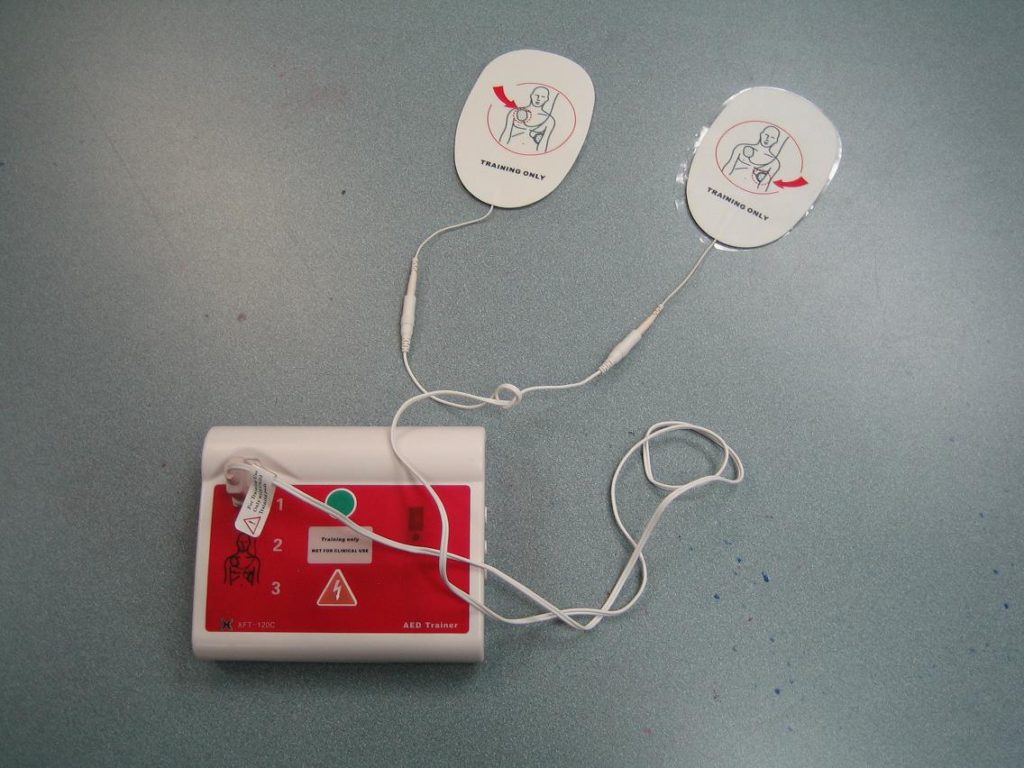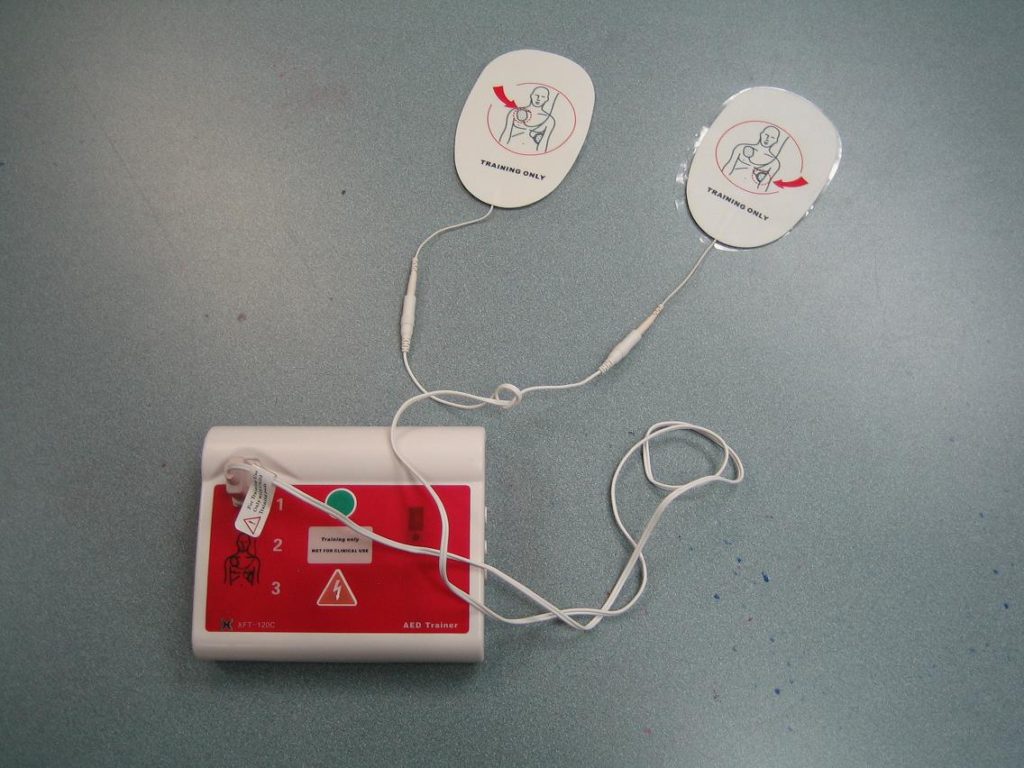Automated external defibrillators can save the life of an individual with abnormal heart rhythm. During emergencies, the prompt delivery of CPR followed by an AED can greatly improve the chances of survival. Sadly, there were cases of incidents involving the device that resulted in a deadly outcome.
During the past 5 years, there were hundreds of reports where defibrillators failed to work. Based on the documents, 9 patients died when a defibrillator did not function at the time of the emergency. There were cases where the device could not be turned on or turned off unexpectedly.
In Cape Breton, Tanya Lahey’s 14-year old son Kenzie needed a defibrillator when he collapsed after being struck in the chest with a puck. The rink had a defibrillator but the battery was dead when it was needed. A nearby paramedic performed CPR on Kenzie until the arrival of an ambulance that saved his life.
According to Dr. Roopinder Sandhu, a cardiac electrophysiologist at the Mazankowski Alberta Heart Institute in Edmonton, there is no question that defibrillators save lives, but the documents show that people should monitor them regularly and ensure that they are functional and ready to be used.
Regular maintenance
For AEDs to function properly, regular maintenance is important. Damaged or expired supplies must be replaced. The manufacturers must be contacted regarding battery life and any suggestions on battery replacement.
Depending on the type of defibrillator, the battery and electrode pads must be replaced every few years.

In some cases, a defibrillator will not deliver a shock since it is not needed. According to CBC medical specialist Dr. Karl Kabasele, if an AED did not deliver a shock, it does not necessarily mean that the device failed to work. The machine conducts a diagnosis of the condition of an individual and decides whether a shock is necessary.
Importance of first aid training
Cardiopulmonary resuscitation (CPR) and using an automated external defibrillator (AED) can save a life. Prompt delivery of life-saving techniques improves the chances of survival during emergencies.
For more information about this story, click here.
LEARN MORE
Learn how to help by enrolling in a CPR and AED training class and for more information, check out these sources:
https://www.wikihow.com/Do-Basic-First-Aid
https://www.webmd.com/first-aid/cardiopulmonary-resuscitation-cpr-treatment

